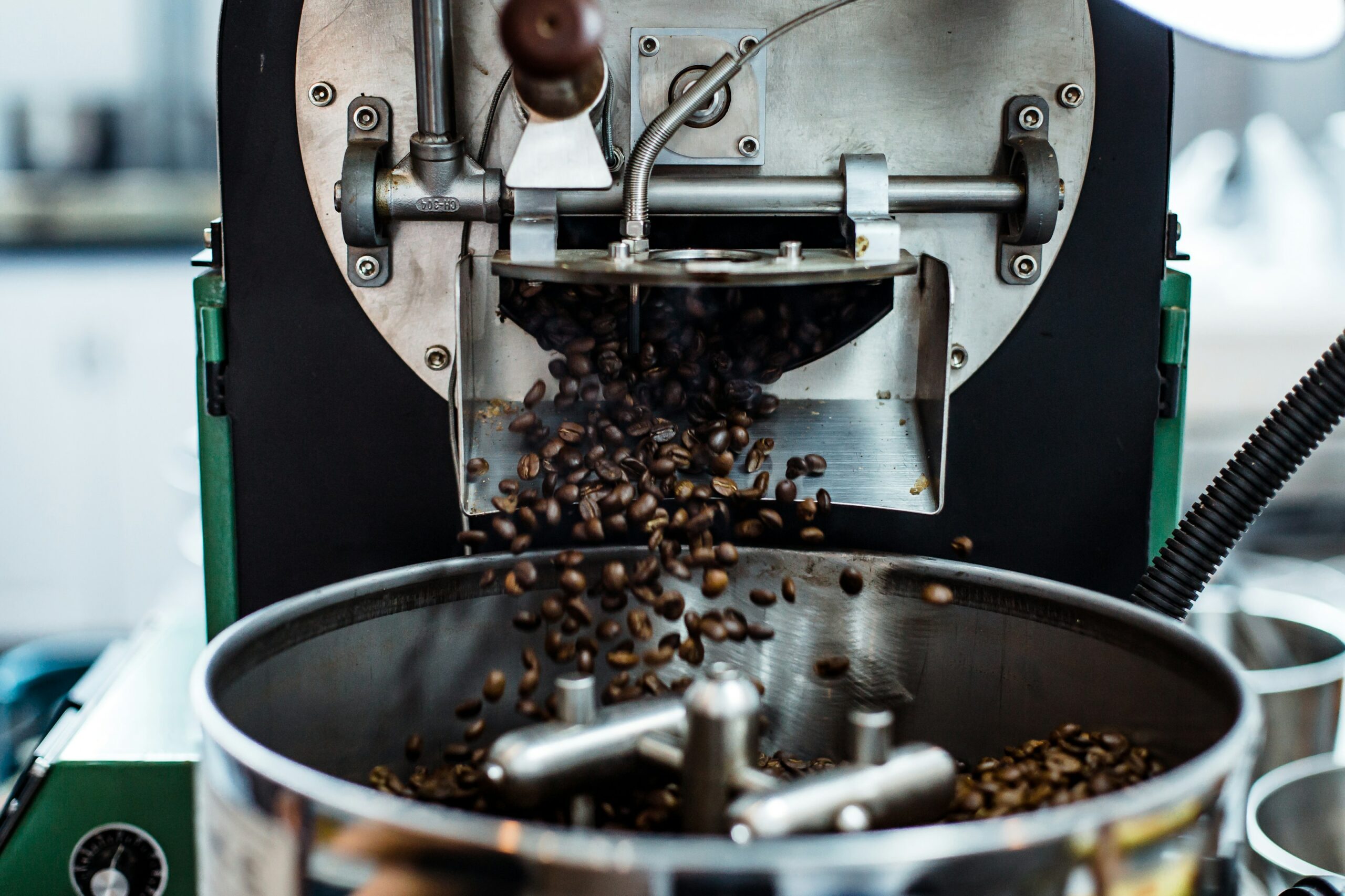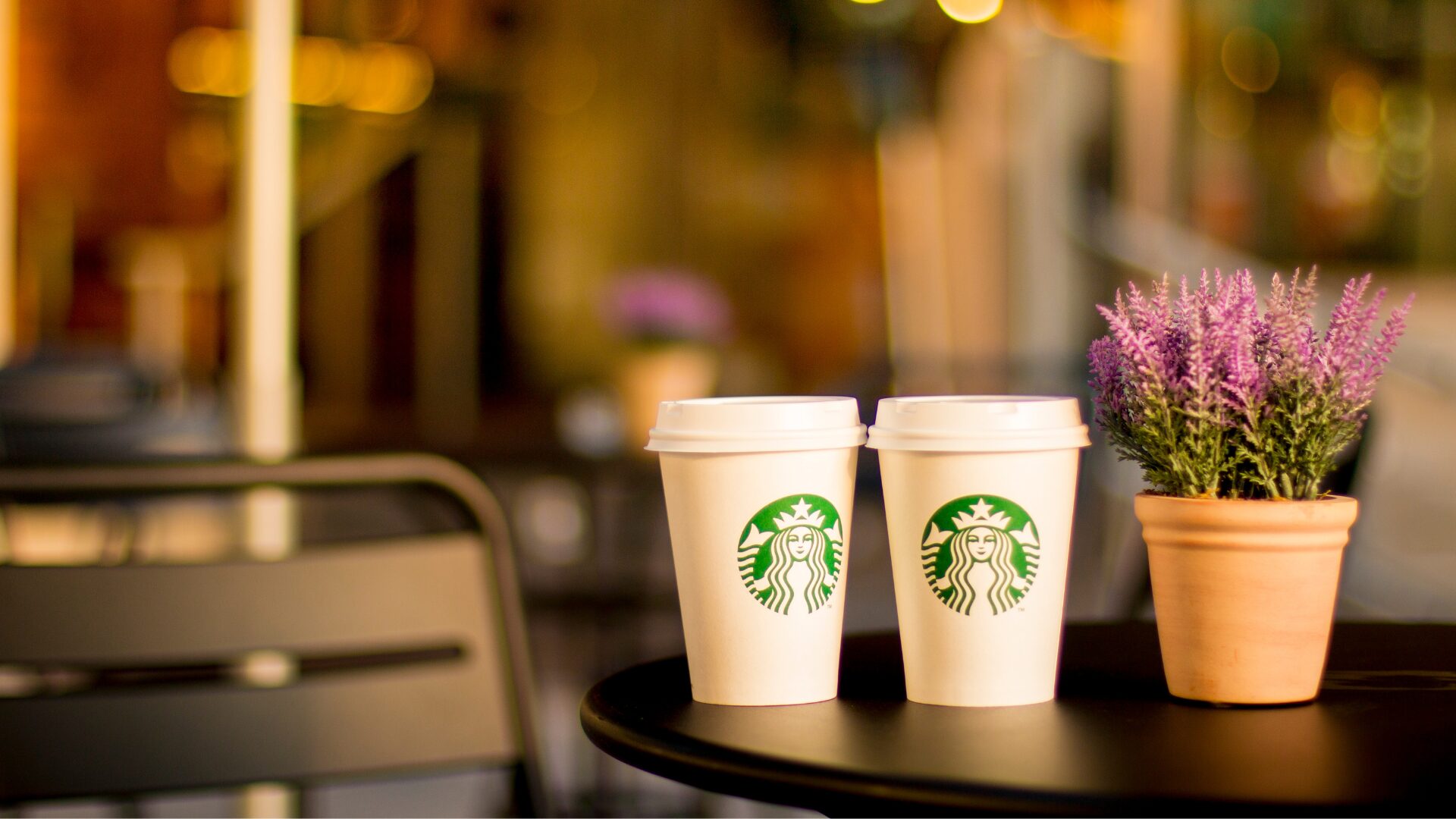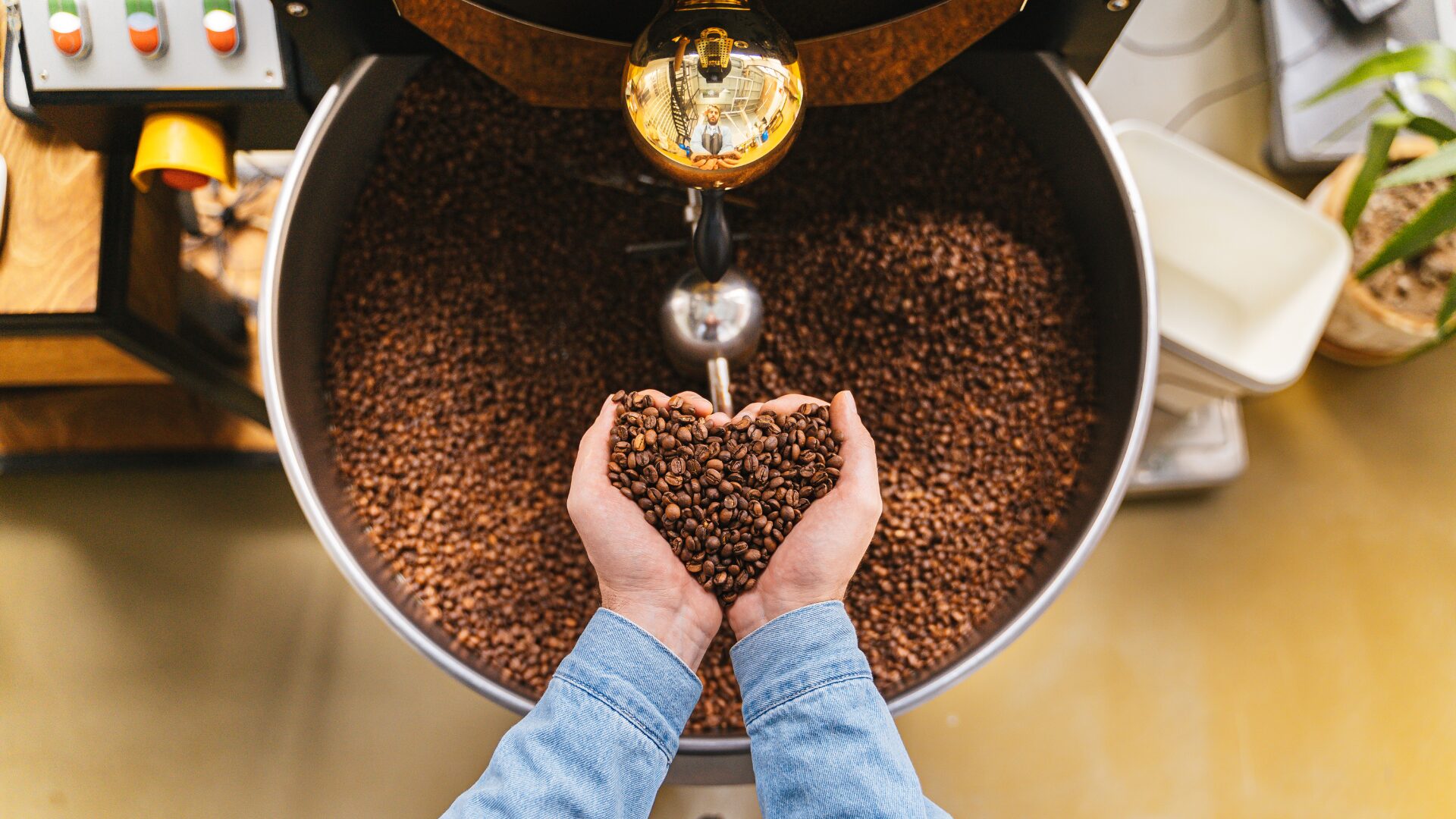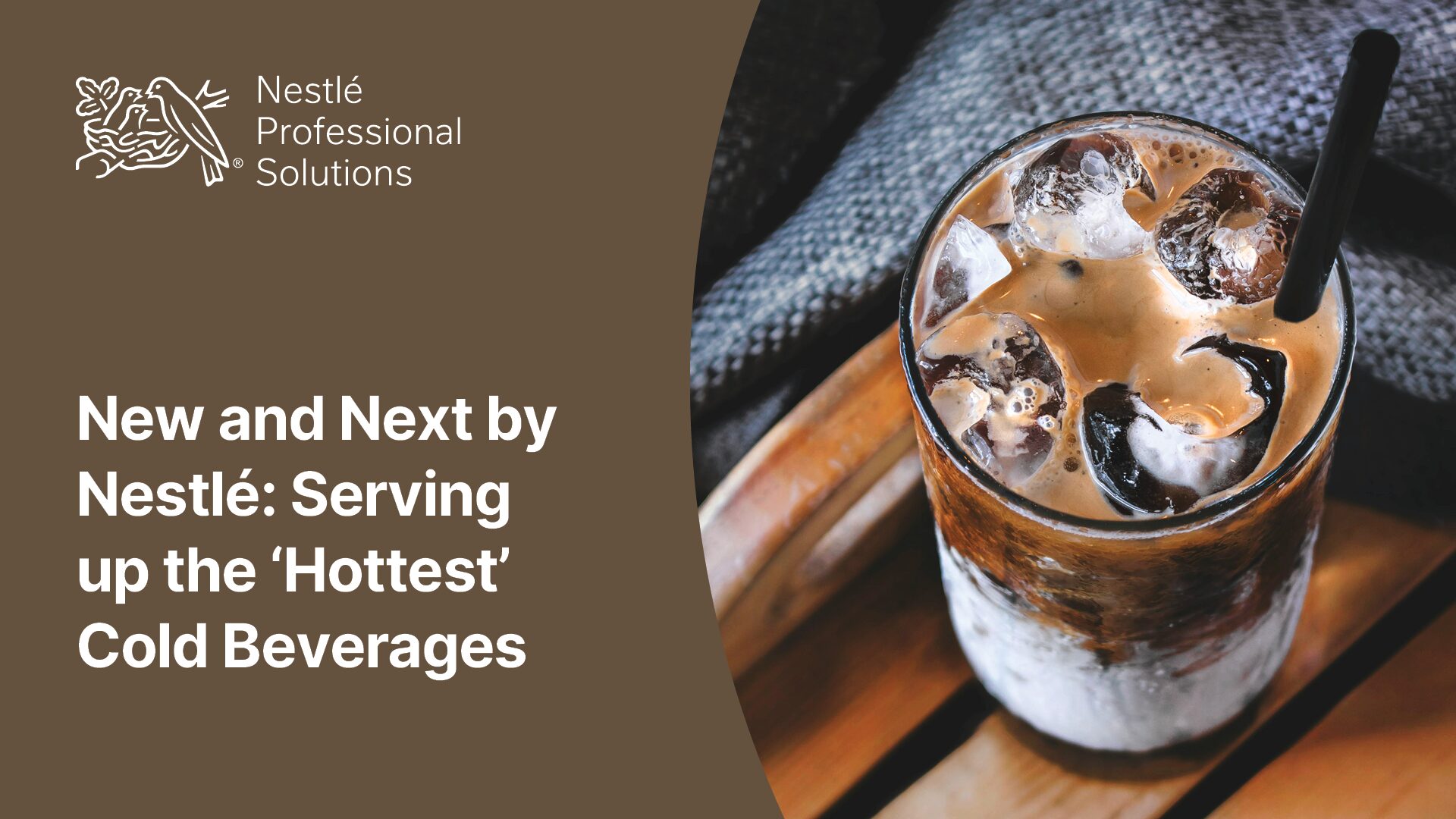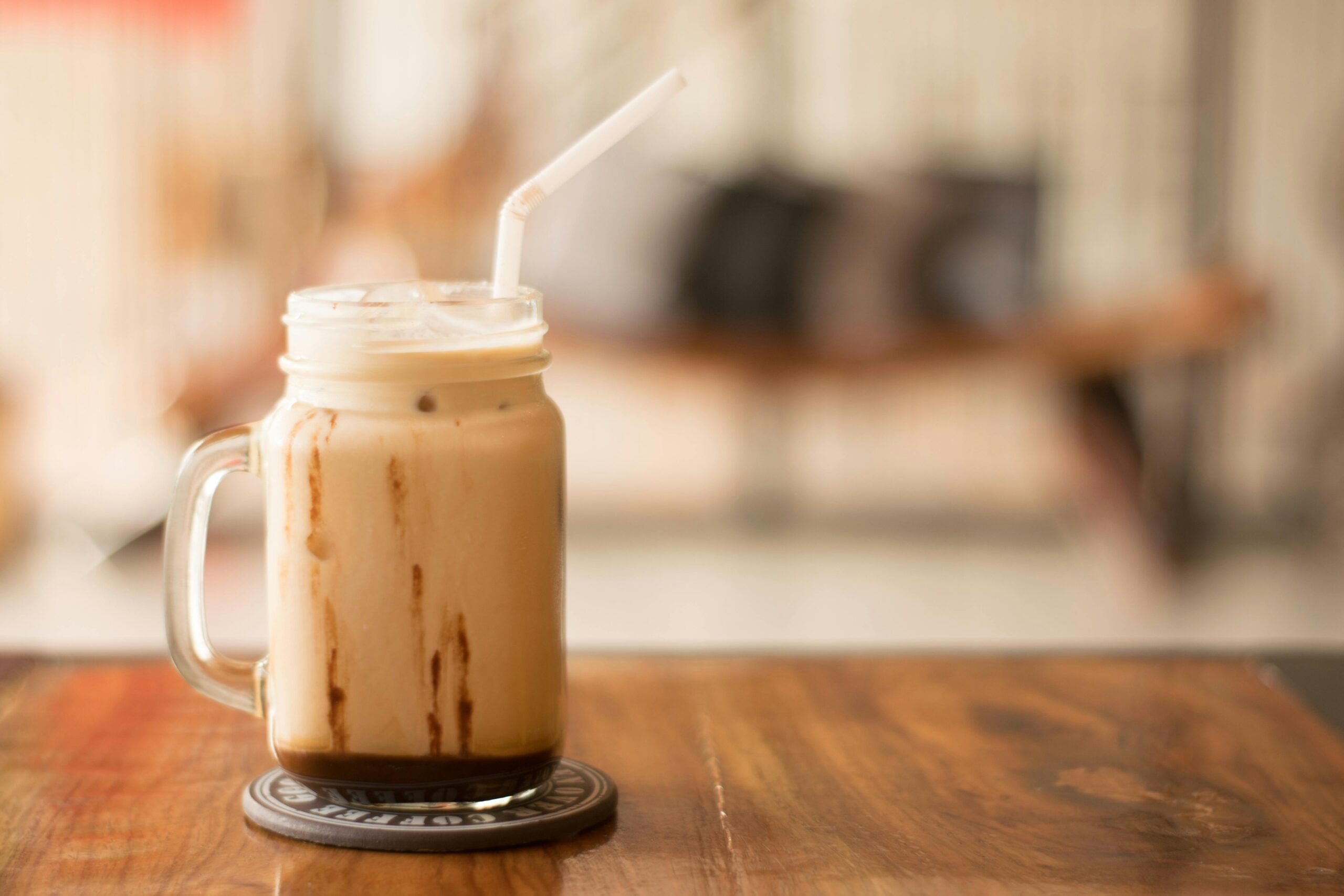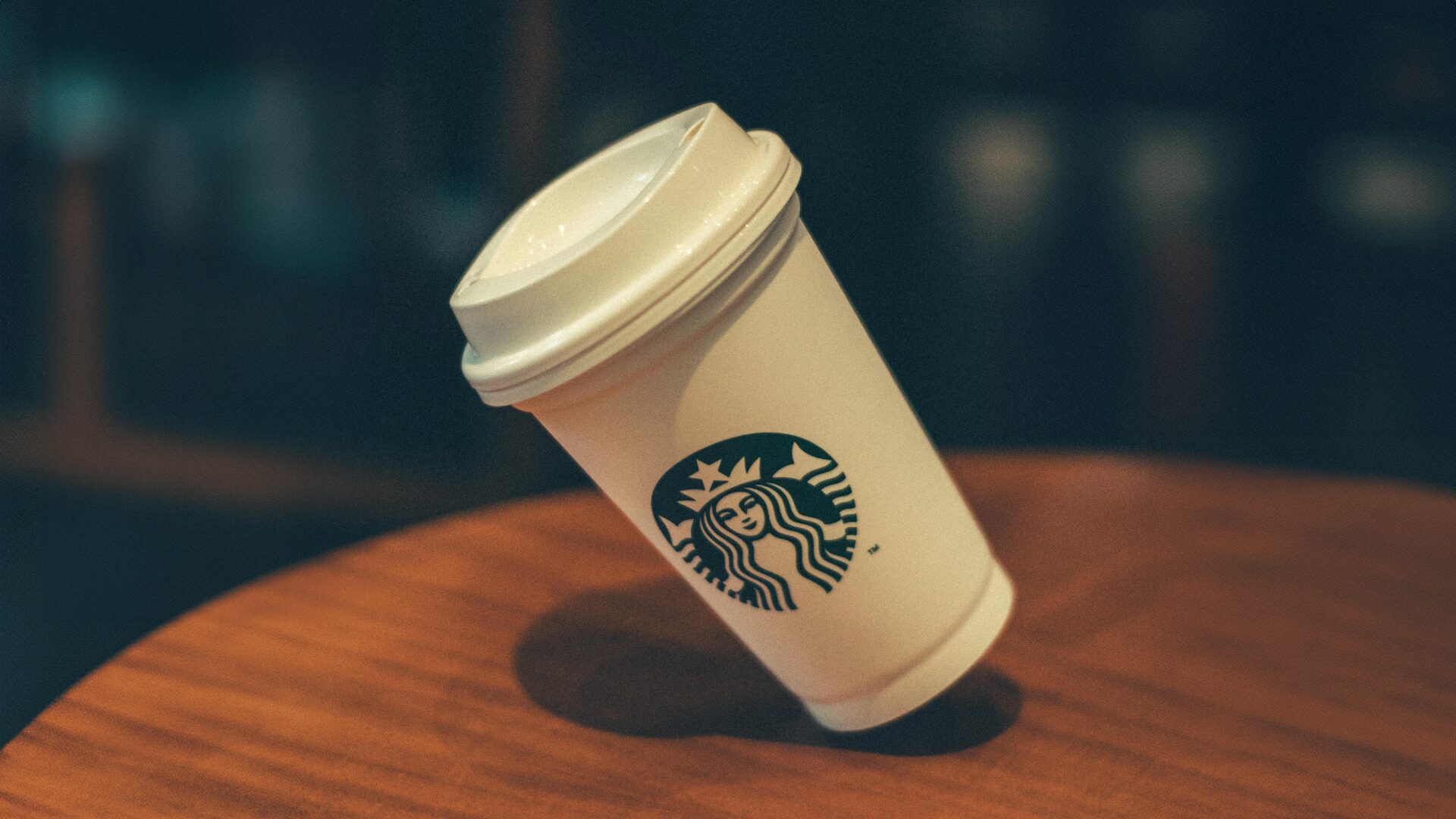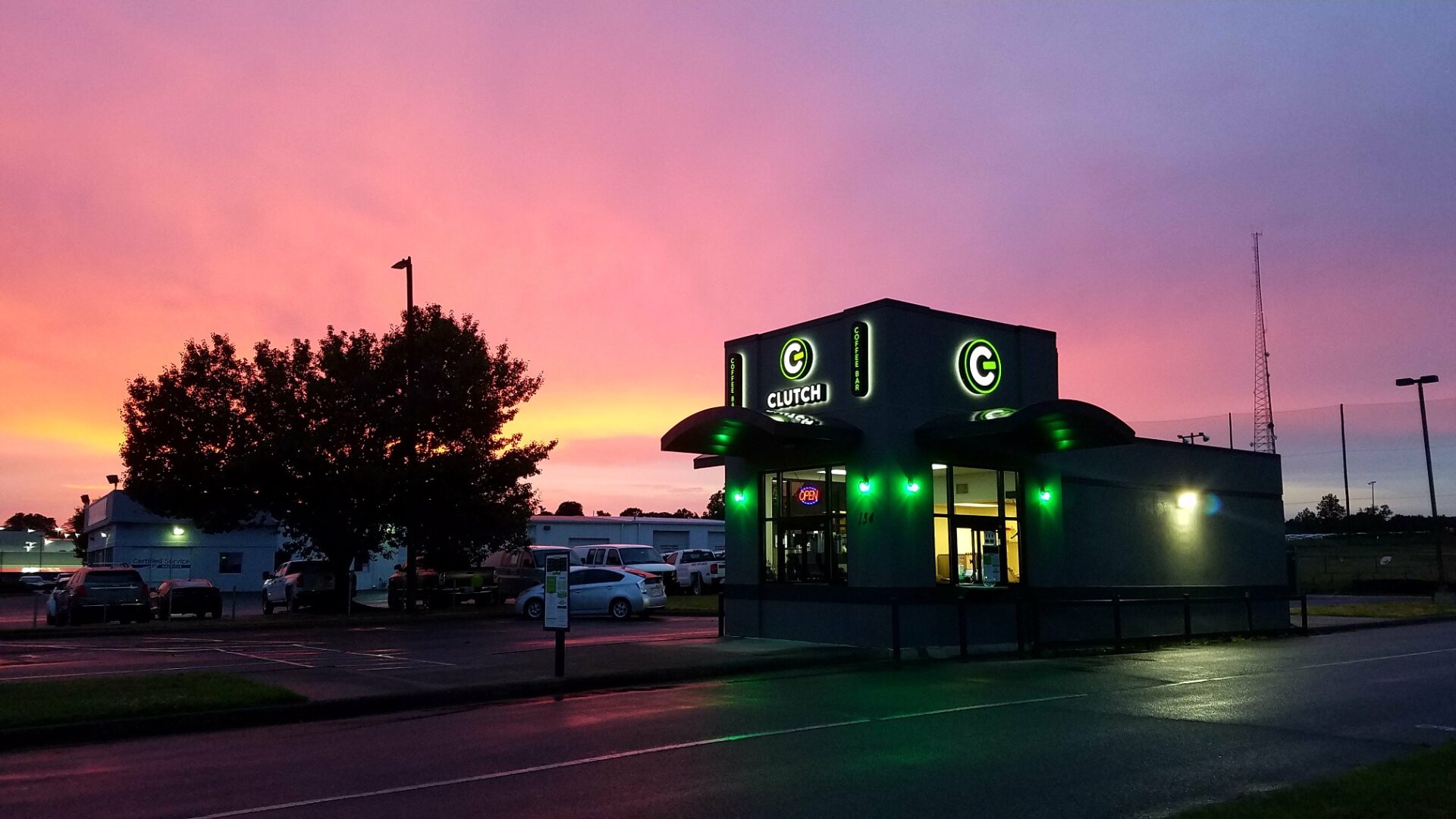Is the grind overrated? Pour-over, French Press, Cappuccino, Frappuccino, Americano to Arabica, Iced, Spiced, and with or without room…the sheer volume of coffee can be a lot to handle.
Plamil Foods hopes to solve some of that mid-morning / afternoon crunch, should-I-or-shouldn’t-I dilemma of one more cup…with a candy bar.
Or a coffee bar, to be precise. The Coffee Bar, in fact.
Plamil Foods (Kent, U.K.) recently announced The Coffee Bar, the “world’s first” chocolate bar produced from coffee beans. Like commercial coffee roasters (and consumer morning joe coffee toasters), Plamil selects its beans from curated small batches so each bar captures the distinct aromas and flavors of the beans.
It’s good timing, too – the launch of The Coffee Bar coincides with astronomical cocoa prices and a global shortage of cocoa beans, pushing cocoa futures to over $700 per ton and surpassing $9,000 as of March 2024, making cocoa more expensive than global commodities bellwether copper.
There’s an eye-opening fact, caffeine or not.
“Coffee made into a bar is a simple concept that sounds strange, but a coffee bar makes a lot of sense if you compare coffee to chocolate,” said Plamil CEO Adrian Ling at FoodBev.com.
“One-hundred seventy-five years ago, chocolate used to be a drink until Frys of Bristol made a chocolate bar.”
Ling noted that no producer had ever done this before, and that the great taste and smooth mouthfeel of The Coffee Bar is due to a unique production technique refined over the course of a year to “[crack] the recipe to create a coffee bar.”
The world vegan chocolate market is estimated to be worth over $2 billion by 2032 according to Transparency Market Research. And if Plamil can make a decaf coffee bar, its prospects may be even greater.
Decaf Rules the Roasters
While the rest of us were getting our morning jolt from a decent cuppa, decaf drinkers quietly (and deliciously) infiltrated the greater consumer market. Skyquest Technology recently predicted that the decaf coffee market will continue to grow to a $28.86 billion industry by the end of the decade.
More importantly, it wasn’t Blue Mountain beans or Arabica caffeine that took first place in this year’s US Brewer’s Cup – it was longtime brewer and BlendIn Coffee Club owner Weihong Zhang’s caffeine-free roast from Finca Los Nogales in Colombia, a basic typica variety with notes of strawberry and eucalyptus.
It was the first time in the competition’s 20-year history that a decaf coffee won top cup. Via Bloomberg, while analyzing the import of the victory on their coffee podcast, brothers in beans Sergei and Mark Kutrovski (who run Mirror Coffee Roasters in Bellingham, Wash.), had a swift verdict for all caffeinated listeners:
“I feel bad for people who tattooed ‘Death Before Decaf’ with, like, the grim reaper.”
According to Erin Reed, director of marketing for Swiss Water Decaffeinated Coffee, the ascension of the tamer stuff has been a long time coming. “Decaf growth has largely been outpacing regular [coffee] growth over the past five years,” she told industry publication New Ground in 2022.
The numbers support this – Americans drink a lot of rocket fuel. According to a recent poll by the National Coffee Association, more than two-thirds of Americans have had a cup in the past day – the highest level in more than 20 years. The data revealed the demographic contributing the most to sheer coffee volume is among drinkers over 60 years old.
Like the energy drink, nonalcoholic, and functional drink categories, coffee has continued to evolve as well. In a recent press release, NCA president Bill Murray (not the actor) said, “America’s favorite beverage has only ever continued to grow in terms of overall popularity and in innovating to meet consumers’ evolving tastes.”
How far those tastes will venture from a cup of standard Norwegian Plasma – if you will – remains to be seen. Last week, Zheng took his award-winning decaf brew to the World Coffee Championships at the Specialty Coffee Expo in Chicago.
I suppose I’ll have to dig for how he did as the sun rises and the world awakes. Sounds like a great opportunity for another cup.
The Food Institute Podcast
From lattes to chicken sandwiches to desserts, it seems every restaurant is hopping on the limited-time offer (LTO) craze to drive traffic and check growth. But is this really having the desired effect? Datassential vice president of sales Megan Lynberg discusses the historical data on LTOs, popular LTO items, and other strategies companies are using to inspire growth.


